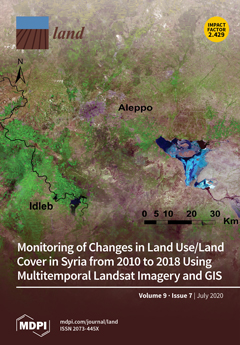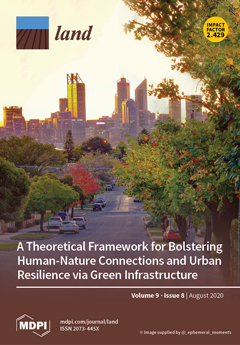Dynamics of Rural Economy: A Socio-Economic Understanding of Oil Palm Expansion and Landscape Changes in East Kalimantan, Indonesia
The fast-growing palm oil economy has stimulated a significant expansion of oil palm plantations in Indonesia. The uncontrolled development of large oil palm plantations has raised complex socio-ecological issues, including changes of ecological landscapes, organization of production, and farming household livelihood systems. For two oil palm villages with different ecological settings, this article describes changes in land cover, how production is organized, and the income structure changes due to rural economic development.


